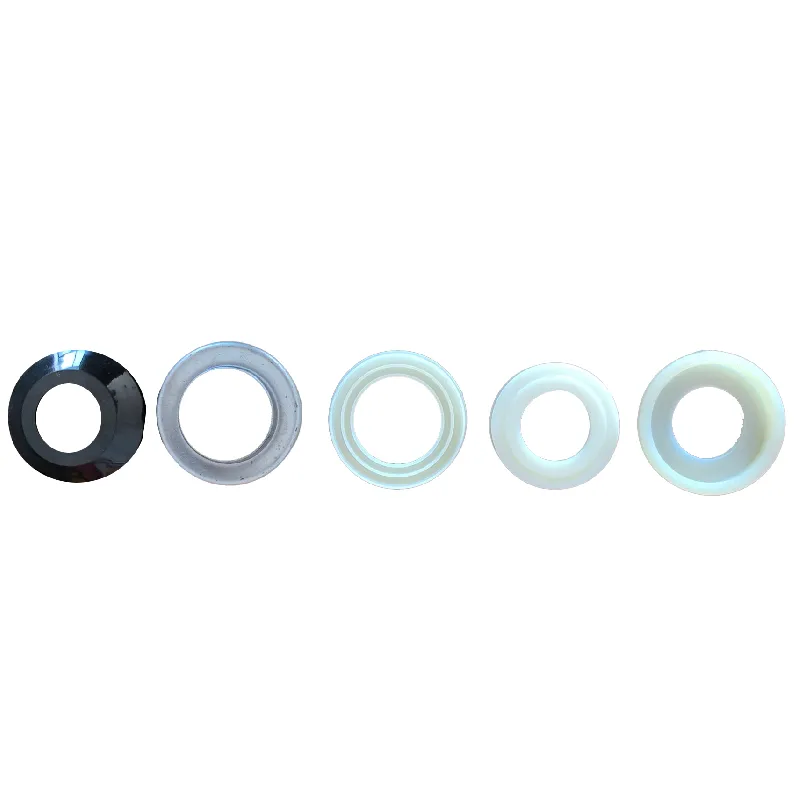 Afrikaans
Afrikaans  Albanian
Albanian  Amharic
Amharic  Arabic
Arabic  Armenian
Armenian  Azerbaijani
Azerbaijani  Basque
Basque  Belarusian
Belarusian  Bengali
Bengali  Bosnian
Bosnian  Bulgarian
Bulgarian  Catalan
Catalan  Cebuano
Cebuano  Corsican
Corsican  Croatian
Croatian  Czech
Czech  Danish
Danish  Dutch
Dutch  English
English  Esperanto
Esperanto  Estonian
Estonian  Finnish
Finnish  French
French  Frisian
Frisian  Galician
Galician  Georgian
Georgian  German
German  Greek
Greek  Gujarati
Gujarati  Haitian Creole
Haitian Creole  hausa
hausa  hawaiian
hawaiian  Hebrew
Hebrew  Hindi
Hindi  Miao
Miao  Hungarian
Hungarian  Icelandic
Icelandic  igbo
igbo  Indonesian
Indonesian  irish
irish  Italian
Italian  Japanese
Japanese  Javanese
Javanese  Kannada
Kannada  kazakh
kazakh  Khmer
Khmer  Rwandese
Rwandese  Korean
Korean  Kurdish
Kurdish  Kyrgyz
Kyrgyz  Lao
Lao  Latin
Latin  Latvian
Latvian  Lithuanian
Lithuanian  Luxembourgish
Luxembourgish  Macedonian
Macedonian  Malgashi
Malgashi  Malay
Malay  Malayalam
Malayalam  Maltese
Maltese  Maori
Maori  Marathi
Marathi  Mongolian
Mongolian  Myanmar
Myanmar  Nepali
Nepali  Norwegian
Norwegian  Norwegian
Norwegian  Occitan
Occitan  Pashto
Pashto  Persian
Persian  Polish
Polish  Portuguese
Portuguese  Punjabi
Punjabi  Romanian
Romanian  Russian
Russian  Samoan
Samoan  Scottish Gaelic
Scottish Gaelic  Serbian
Serbian  Sesotho
Sesotho  Shona
Shona  Sindhi
Sindhi  Sinhala
Sinhala  Slovak
Slovak  Slovenian
Slovenian  Somali
Somali  Spanish
Spanish  Sundanese
Sundanese  Swahili
Swahili  Swedish
Swedish  Tagalog
Tagalog  Tajik
Tajik  Tamil
Tamil  Tatar
Tatar  Telugu
Telugu  Thai
Thai  Turkish
Turkish  Turkmen
Turkmen  Ukrainian
Ukrainian  Urdu
Urdu  Uighur
Uighur  Uzbek
Uzbek  Vietnamese
Vietnamese  Welsh
Welsh  Bantu
Bantu  Yiddish
Yiddish  Yoruba
Yoruba  Zulu
Zulu Innovative Conveyor System Components for Enhanced Efficiency and Durability in Modern Manufacturing Processes
Designing Conveyor Components A Critical Aspect of Material Handling Systems
Conveyor systems are integral to modern material handling operations, serving various industries such as manufacturing, mining, food processing, and logistics. The efficiency and effectiveness of these systems heavily depend on the design of conveyor components. In this article, we will explore the importance of designing conveyor components and the key considerations involved in the process.
Understanding Conveyor Components
Conveyor systems consist of several critical components, including belts, rollers, pulleys, drives, and supports. Each component plays a specific role in ensuring the smooth operation of the entire system. For example, belts transport materials along predefined paths, while rollers facilitate the movement, reducing friction. Pulleys and drives provide the necessary power to keep the system running, and support structures ensure stability and durability.
Importance of Component Design
The design of conveyor components is vital for several reasons
1. Efficiency Well-designed components can significantly enhance the overall efficiency of the conveyor system. For instance, the right choice of belt material can reduce slippage and improve grip, leading to smoother operation and minimizing downtime.
2. Durability Conveyor components must endure various stresses, including weight, friction, and environmental factors. Designing components with durable materials can prolong the life of the system and reduce maintenance costs.
3. Safety Poorly designed conveyor components can pose serious safety risks. For example, inadequate guarding of moving parts can lead to accidents. Therefore, incorporating safety features into the design process is essential to protect workers and ensure compliance with safety regulations.
4. Flexibility In today’s fast-paced industrial environments, the ability to adapt to changing needs is crucial. Designing modular components allows for easy upgrades and adaptations of the conveyor system without significant overhauls.
designed conveyor components

Key Considerations in Designing Conveyor Components
When designing conveyor components, several factors should be considered
1. Material Selection The choice of materials significantly impacts the performance and durability of conveyor components. Materials need to be selected based on the specific application, taking into account factors such as load weight, exposure to chemicals, and temperature variations.
2. Load Capacity Each conveyor component must be designed to handle the maximum expected load. This includes not only the weight of the materials being transported but also dynamic forces that arise during transportation, such as acceleration and deceleration.
3. Space Constraints Conveyor systems often operate in limited spaces. Therefore, the design of components must take into account the available space to ensure that the system fits into its environment while maintaining efficiency.
4. Energy Efficiency Modern designs should focus on energy-efficient solutions. This can include the use of low-friction materials, regenerative drives, and other technologies that minimize energy consumption while maximizing output.
5. Maintenance Designing components for easy maintenance is crucial for long-term operation. Components should be accessible for inspections, repairs, and replacements, helping to prevent prolonged downtimes due to maintenance issues.
Conclusion
The design of conveyor components is a fundamental aspect of creating an efficient, safe, and reliable material handling system. By focusing on efficiency, durability, safety, flexibility, and ease of maintenance, engineers can develop components that not only meet the demands of their specific applications but also adapt to future needs. As industries continue to evolve and grow, the role of well-designed conveyor components will remain pivotal in optimizing operational workflows and productivity.
-
Revolutionizing Conveyor Reliability with Advanced Rubber Lagging PulleysNewsJul.22,2025
-
Powering Precision and Durability with Expert Manufacturers of Conveyor ComponentsNewsJul.22,2025
-
Optimizing Conveyor Systems with Advanced Conveyor AccessoriesNewsJul.22,2025
-
Maximize Conveyor Efficiency with Quality Conveyor Idler PulleysNewsJul.22,2025
-
Future-Proof Your Conveyor System with High-Performance Polyurethane RollerNewsJul.22,2025
-
Driving Efficiency Forward with Quality Idlers and RollersNewsJul.22,2025





























